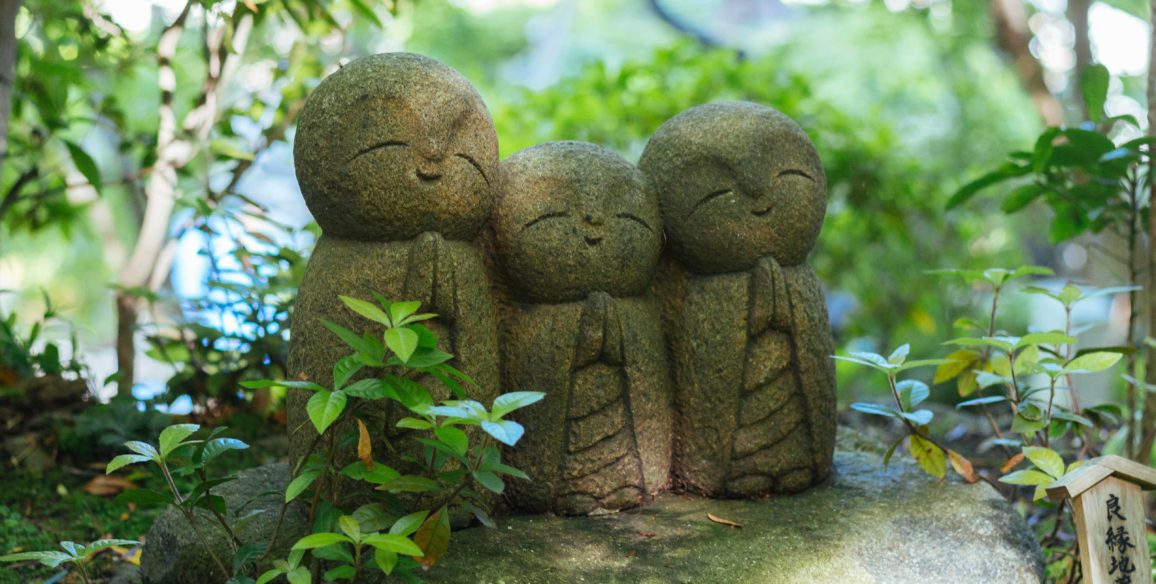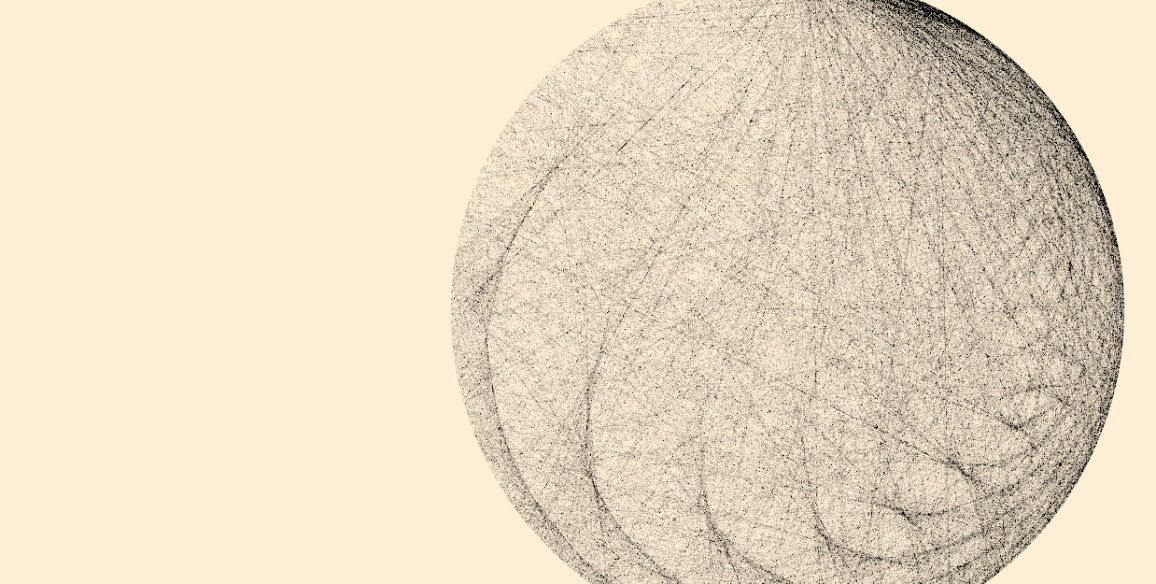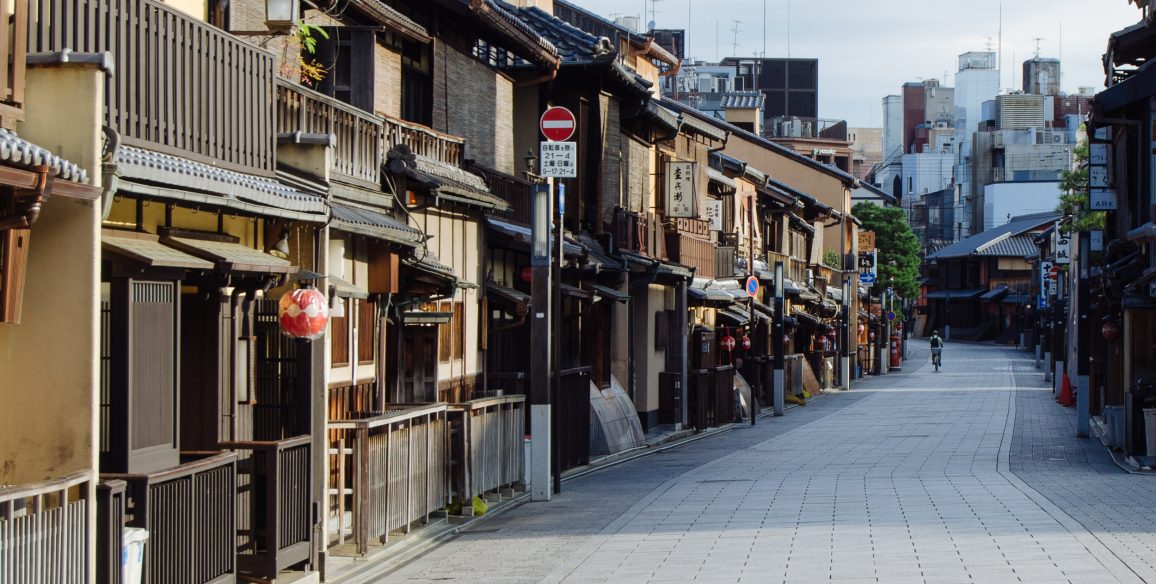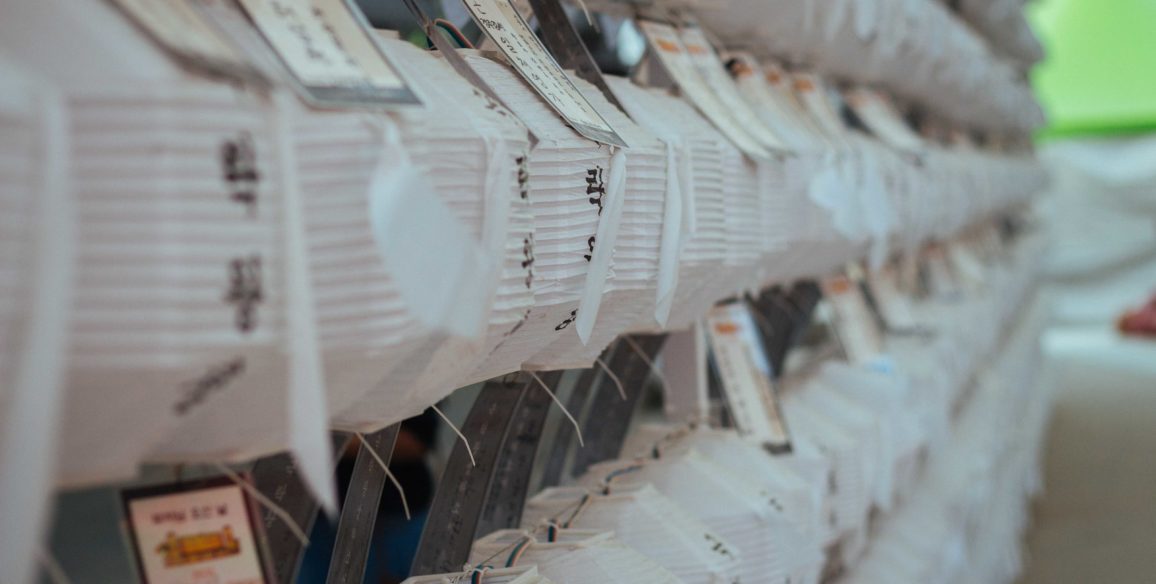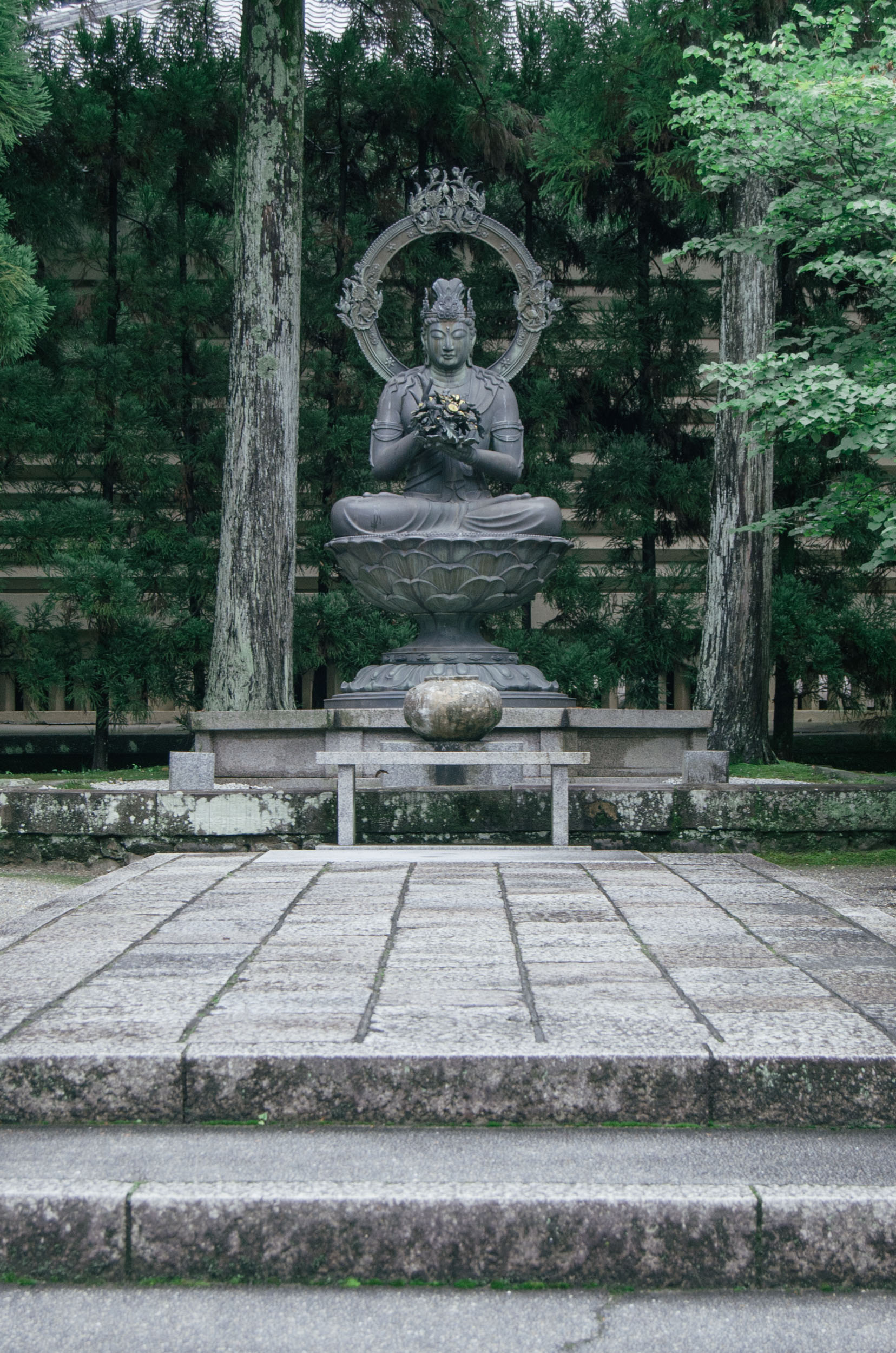
Cluster Leader: James Robson, Harvard University
The main goals of the “Texts in Statues” cluster are to identify, catalogue, and study all statues from China, Korea, and Japan with manuscripts and texts that have been interred inside of them. Included in the scope of this project will be statues in situ in Asia as well as those in museums in Asia or abroad. Researchers in each area will be charged with compiling an annotated bibliography of: 1.) Primary sources (canonical and extra-canonical) that describe the interment of material inside of statues; 2.) Academic studies of known statues containing manuscripts and texts; and 3.) Mentions of the interment of texts in other historical or literary sources. Fieldwork in China, Korea and Japan will be aimed at identifying unpublished and/or unattested statues with materials inside of them and establish contacts with local scholars working on this area of research. The final stage of the project will entail the study of the materials found inside the statues, the convening of a conference on the topic, and the publication of volume of essays that provides an authoritative study of statues with texts inside of them throughout East Asia.
The first year of the project included a trip to South Korea to work with Korean colleagues on developing a comprehensive database of all images in Korea with texts interred inside of them. During that visit we ran a successful conference entitled “Consecrating the Buddha: On the Practice of Interring Objects (bokjang) in Buddhist Statues” that was held at Ewha Womans University on August 11th and 12th, 2017. The papers from that conference—along with a few newly commissioned essays—are published in a special issue of the Cahiers d’Extrême-Asie dedicated to the Korean pokchang 腹藏 tradition of enshrining things inside of Buddhist statues. This will be the first major publication on this topic outside of Korea. During that visit we were also able to visit many Buddhist temples and museums to study and photograph objects from the interiors of Buddhist images in Korea.
During the second year of the project we shifted our emphasis to Japan and ran another successful symposium entitled “New Horizons In Research on the Contents Inside of East Asian Statues” held at the Kanazawa-bunko 神奈川県立金沢文庫 on June 23rd and June 24th, 2018. The focus of that conference was on materials preserved in Japan, but one of the most successful outcomes of that program was that it allowed many of the Korean scholars who participated in the first year program to come to Japan to learn about the similar zōnai nōnyūhin tradition of enshrining things inside Buddhist statues in Japan through excellent lectures given by the foremost experts in Japan. Thanks to the cooperation of the Kanazawa-bunko we were also able to view the contents of Buddhist statues in their collection. We are currently establishing a comprehensive database of all statues and their contents in Japan.
Cluster Publications
Watch research topic video by James Robson—“Filled with Meaning: Statues and Their Contents in East Asia”
See “Pokchang, Image Consecration in Korean Buddhism / Pokchang, Consécration des images dans le bouddhisme coréen” edited by James Robson, Seunghye Lee, and Youn-mi Kim (Cahiers d’Extrême-Asie, special issue)
Cluster Participants
| Affiliated Researchers | Associated Researchers |
| Borengasser, Daniel (Harvard University) – 2017 | Arrault, Alain (École française d’Extrême-Orient) – 2017 |
| Kim, Jongmyung (Academy of Korean Studies) – 2017 | Cho, Eun-su (Seoul National University) – 2017 |
| Kim, Youn-mi (Ewha Womans University) – 2017, 2018 | Jung, Eunwoo (Donga University) – 2017 |
| McBride, Richard (Brigham Young University-Hawaii) – 2017 | Faure, Bernard (Columbia University) – 2017 |
| Popa, Mihaela (Academy of Korean Studies) – 2017 | Glassman, Hank (Haverford College) – 2017 |
| Robson, James (Harvard University) – 2017, 2018 | Kang, Heejung (Sogang University) – 2017 |
| Bingenheimer, Marcus (Temple University) – 2018 | Kim, Sinae (Princeton University ) – 2017 |
| Bond, Kyle (Princeton University) – 2018 | Kucera, Karil (St Olaf College) – 2017 |
| Burdorf, Suzanne (Ghent University) – 2018 | Lewine, Mary (University of California Berkeley) – 2017 |
| Cross, Julia (Harvard University) – 2018 | Miller, Tracy (Vanderbilt University) – 2017 |
| Drian, Jesse (University of Southern California) – 2018 | Sawhney, Navneet (Nalanda University) – 2017 |
| Keller, Matthew (University of Southern California) – 2018 | Lee, Seonyong (Sudeoksa Monastery Museum) – 2017 |
| Laffin, Christina (University of British Columbia) – 2018 | Lee, Seunghye (Leeum Samsung Museum of Art) – 2017 |
| Lefebvre, Jesse (Harvard University) – 2018 | Stiller, Maya (University of Kansas) – 2017 |
| Sokolova, Anna (Ghent University) – 2018 | Walley, Akiko (University of Oregon) – 2017 |
| Andrews, Susan (Mount Allison University) – 2018 | Walraven, Boudewijn (Sungkyunkwan University, Seoul) – 2017 |
| Swanson, Eric (Harvard University) – 2018 | Xiao, Xiao (Columbia University) – 2017 |
| Thumas, Jonathan (Harvard University) – 2018 | Sim, Yeonok (Korea National University of Cultural Heritage) – 2017 |
| Wang, Michelle (Georgetown University) – 2018 | Yongyoon, Yi (Catholic Kwandong University) – 2017 |
| Abe, Mika (Nagoya University) – 2018 | |
| Abé, Ryuichi (Harvard University) – 2018 | |
| Abe, Yasuro (Nagoya University) – 2018 | |
| Akiyama, Akira (Tokyo University) – 2018 | |
| Arrault, Alain (École française d’Extrême-Orient) – 2018 | |
| Chikamoto, Kensuke (Nagoya University) – 2018 | |
| Choi, Sun-ah (Myongji University) – 2018 | |
| Glassman, Hank (Haverford College) – 2018 | |
| Groner, Paul (University of Virginia) – 2018 | |
| Guo, Jianing (Nagoya University) – 2018 | |
| Kawase, Yoshiteru (Waseda University) – 2018 | |
| Kim, Tami (Nagoya University) – 2018 | |
| Kojima, Daisuke (Osaka City Museum) – 2018 | |
| Lee, Seunghye (Samsung Museum of Art Seoul) – 2018 | |
| Lee, Seuongyong (Sudeoksa Temple Museum) – 2018 | |
| Lewine, Mary (University of California Berkeley) – 2018 | |
| Nagaoka, Ryūsaku (Tohoko University) – 2018 | |
| Oku, Takeo (Japanese Government Department of Important Cultural Properties) – 2018 | |
| Ota, Florence (Tokyo University) – 2018 | |
| Seya, Takayuki (Kanazawa-Bunko) – 2018 | |
| Shirane, Haruo (Columbia University) – 2018 | |
| Takagishi, Akira (Tokyo University) – 2018 | |
| Walter, Mariko (Association for Central Asian Civilizations and Silk Road Studies) – 2018 | |
| Yang, Heejung (National Museum of Korea) – 2018 |
Field Visit Sites
loading map - please wait...
| Korea - Sudeoksa Temple Cluster 3.3 description Korea - Sudeoksa Temple | |
| Japan - Kanazawa-Bunko Cluster 3.3 description Japan - Kanazawa-Bunko | |
| Korea - Songgwangsa Monastery Cluster 3.3 description Korea - Songgwangsa Monastery | |
| Japan - Nagoya University Cluster 3.3 description Japan - Nagoya University |

